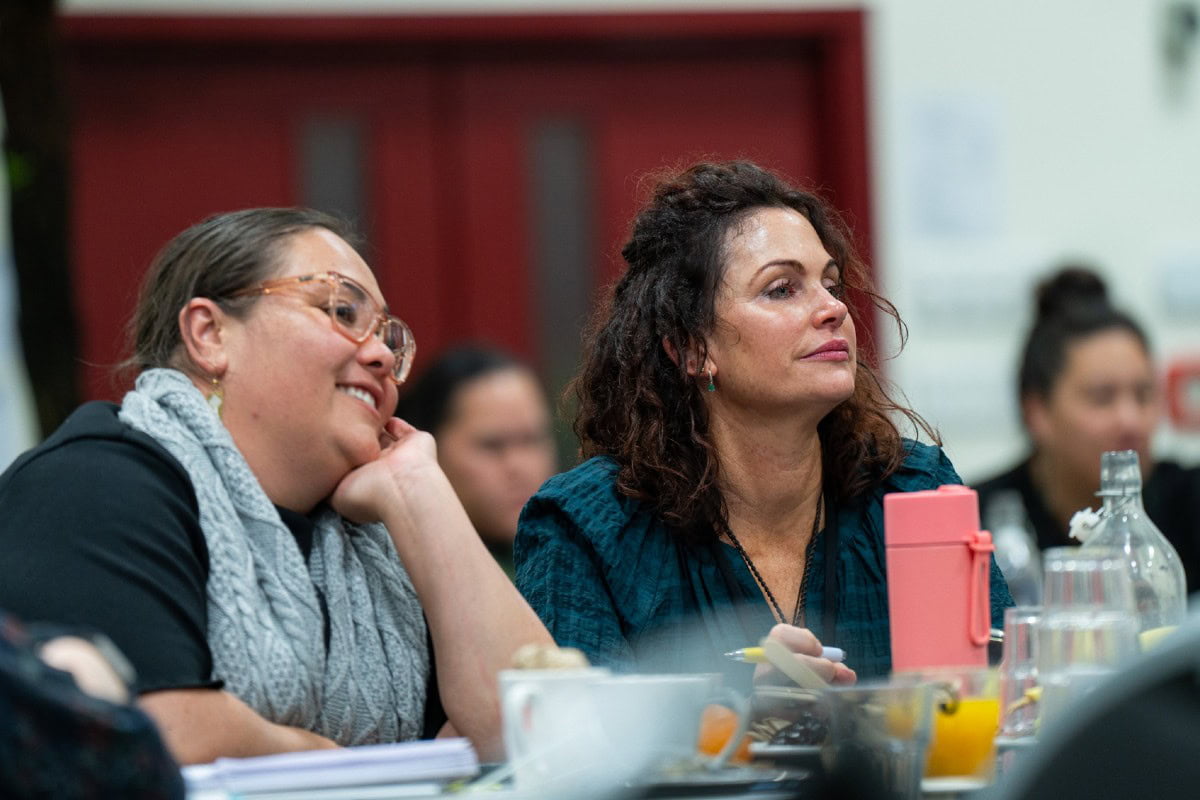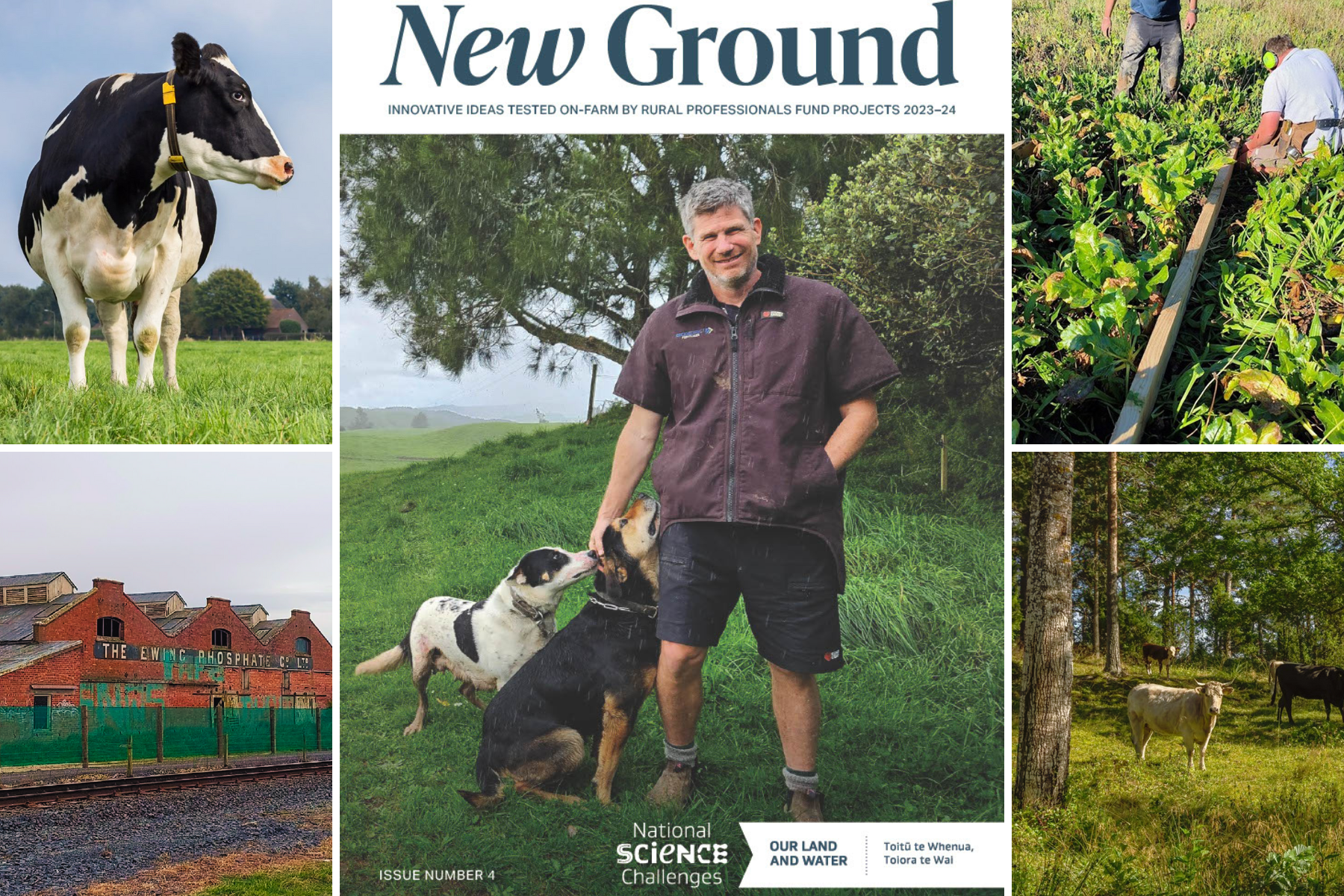Community Perceptions of Collaborative Freshwater Planning: A survey in three NZ regions
April 2016
Regional councils are trialling collaborative planning as a means of addressing New Zealand’s complex challenges in freshwater management. Collaborative freshwater planning processes are now underway in Canterbury, Hawke’s Bay, Northland, Tasman, Waikato, and Wellington.
This study assessed the views of members of the general public on freshwater management in areas using collaborative planning processes, and compared the results to areas without such processes. Cawthron Institute and Landcare Research sponsored a telephone survey
during 1–15 May 2015 in three North Island regions ‚Äî Northland, Waikato, and Hawke’s Bay ‚Äî with a total sample size of 450 people. People involved in farming and in water management were disproportionately represented in the sample. The survey sought people’s opinions on certain aspects of freshwater planning.
Our hypothesis was that in areas in which collaboration is successful, the wider community will have a more positive opinion of the regional council, will perceive greater agreement about freshwater management (as opposed to conflict), and will have a greater sense that
the council is fair, all relative to regions in which there is no collaborative process. We would expect this to be true even if there is low awareness that a collaborative planning process is underway.
Our report provides a baseline against which future survey results may be compared. As expected for this baseline study, in
most cases the differences in perceptions about freshwater planning between catchments with and without collaborative processes were small and not statistically significant.
Nonetheless, some interesting findings emerged. We expected that awareness of these collaborative processes would be low, and the survey bore this out. In catchments with a collaborative process underway, 21% of respondents said they were aware that a collaborative process was taking place in their local area. Fifteen percent of people in areas without a collaborative process thought that a collaborative process was taking place when, in fact, it was not. We found that:
• Respondents from Hawke’s Bay catchments with a collaborative process gave their regional council a higher average score for how well the council manages freshwater bodies, compared with respondents in Hawke’s Bay catchments without a collaborative process.
• Respondents from Hawke’s Bay catchments consider there is less agreement between competing interests than respondents from other regions.
• Respondents involved in forestry, regardless of region, consider that there is more agreement between competing interests over water management, have more confidence that their interests in water management would be taken into account by the regional council, and have more confidence that the regional council’s water management processes are fair, compared to respondents not involved in forestry.
• Respondents employed in water management or other environmental management areas, compared to other respondents, are more likely to consider their regional council’s water management processes to be fair.
• There was no significant influence on any of these perceptions by gender, Māori ethnicity, or employment in government or farming.
The survey also found some interesting differences in perceptions about freshwater management depending on respondents’ levels of participation in freshwater planning. Across areas both with and without collaborative processes, people who participate at a medium or high level in freshwater planning processes perceive greater conflict in freshwater management than those who participate at lower levels or do not take part at all. Participation was also negatively correlated with people’s views of regional council management, fairness, and confidence that their interests would be addressed.
It may be that people who participate in planning processes do so because they are dissatisfied with freshwater management, in which case the results are not surprising. But if higher participation primarily reflects greater understanding and knowledge of freshwater management, these negative correlations would be of concern.
Cawthron Institute, Report No 2844
 View Our Strategy Document 2019 – 2024
View Our Strategy Document 2019 – 2024



